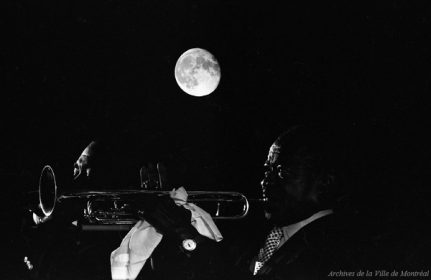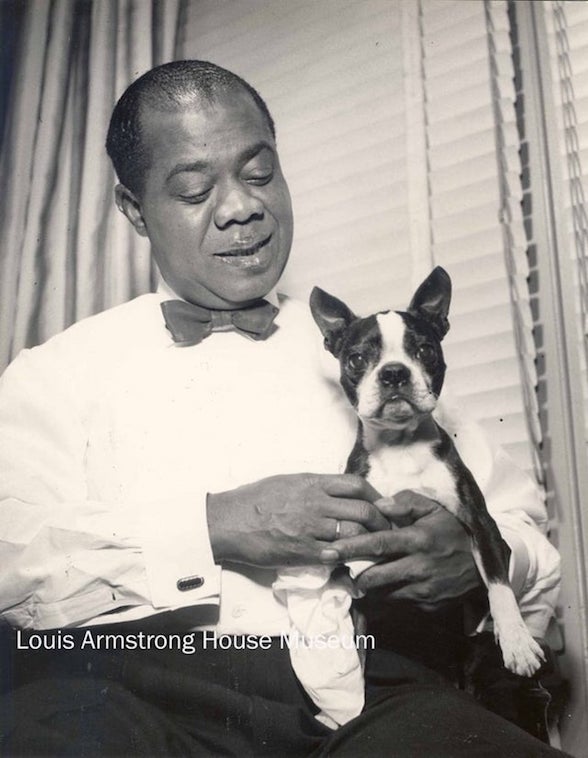
He was born to “Mary Ann” on a poverty-stricken backstreet in New Orleans called Jane Alley. Dad had vanished shortly after his birth, and there in his humble home, he lived with his mother and his sister, “Mama Lucy.” Theirs was a life of dire poverty.
At the age of seven, the Karnofsky family took him in, gave him a job in their coal business and a place at their family table. It was from the the Karnofskys that Louis learned to value himself, and strive for something more.
He worked at odd jobs and sang in a boys’ quartet. In 1913, Louis was sent to the Colored Waifs Home as a juvenile delinquent, but in this sentence came the opportunity to learn how to play a cornet, and fall in love with jazz, still in its pioneer days. He became passionate about playing music and hung on every note played by pioneer jazz artists like cornetist, King Oliver.
Louis was a quick study and actually got good enough to replace Oliver in the influential band, Kid Ory, in 1918. He went on to perform on Mississippi riverboats, but when Oliver asked Louis to play second cornet in his Creole Jazz Band in 1922, it was his big break. Louis became popular through his ingenious ensemble lead and second cornet lines, his cornet duet breaks (or passages) with Oliver, and his solos.
In time, Louis quit Oliver’s band to seek his own fame. He played for a year in New York City, then returned to Chicago and played in large orchestras. By now he was composing, and in Chicago he created his most important early works on which he emerged as the first great jazz soloist. Now playing the trumpet, Louis’ playing style was described as “ever-mobile” with an expressive attack, timbre, and inflections. He had a gift for creating unforgettable, if not dramatic, melodies, and these recordings became major innovations in jazz. By 1929, Louis was famous.
We won’t torture you anymore about Louis because most readers are too young to have remembered his heyday as a musician; that said, popular broadway shows and movies made his gravel-laced voice known to an entirely new generation, and you can hear it in the video clip below:
Yes, that voice belongs to Louis “Satchmo” Armstrong whose genius has lead him to be called “an American original,” or as Duke Ellington referred to him, “Mr. Jazz.”

It comes as a surprise to some people to learn that Louis Armstrong was a prolific writer of essays and a diary keeper. His complete collection of personal writing is now housed at the Louis Armstrong House and Archives in Queens, New York, and in them is revealed a deep affection and concern for children and teenagers. In a December 1969 article in Esquire magazine, Armstrong wrote as he himself was aging:
It is my belief and satisfaction is that, as long as a person breathes, they still have a chance to exercise the talents they were born with. I speak of something which I know about and have been doing all of my life, and that’s Music. Music has no age. There’s no such thing as “on your way out.” As long as you are doing something interesting and good. You are in business aslong as you are breathing. “Yeah.”
By all accounts, behind that radiant smile was a good humored and generous man whose likes will never come along again. We wanted you to know a little about this talented man before telling you that his beloved canine companion was a Boston Terrier named “General,” a gift from his manager. “General” was a fixture at the Armstrong household, often curling up at his owner’s feet, and many have said that the dog was the inspiration for some of Louis’ work. Yeah.
Image: Louis Armstrong en spectacle à la Place des Nations, 8 septembre 1968, VM94-EX137-1063
